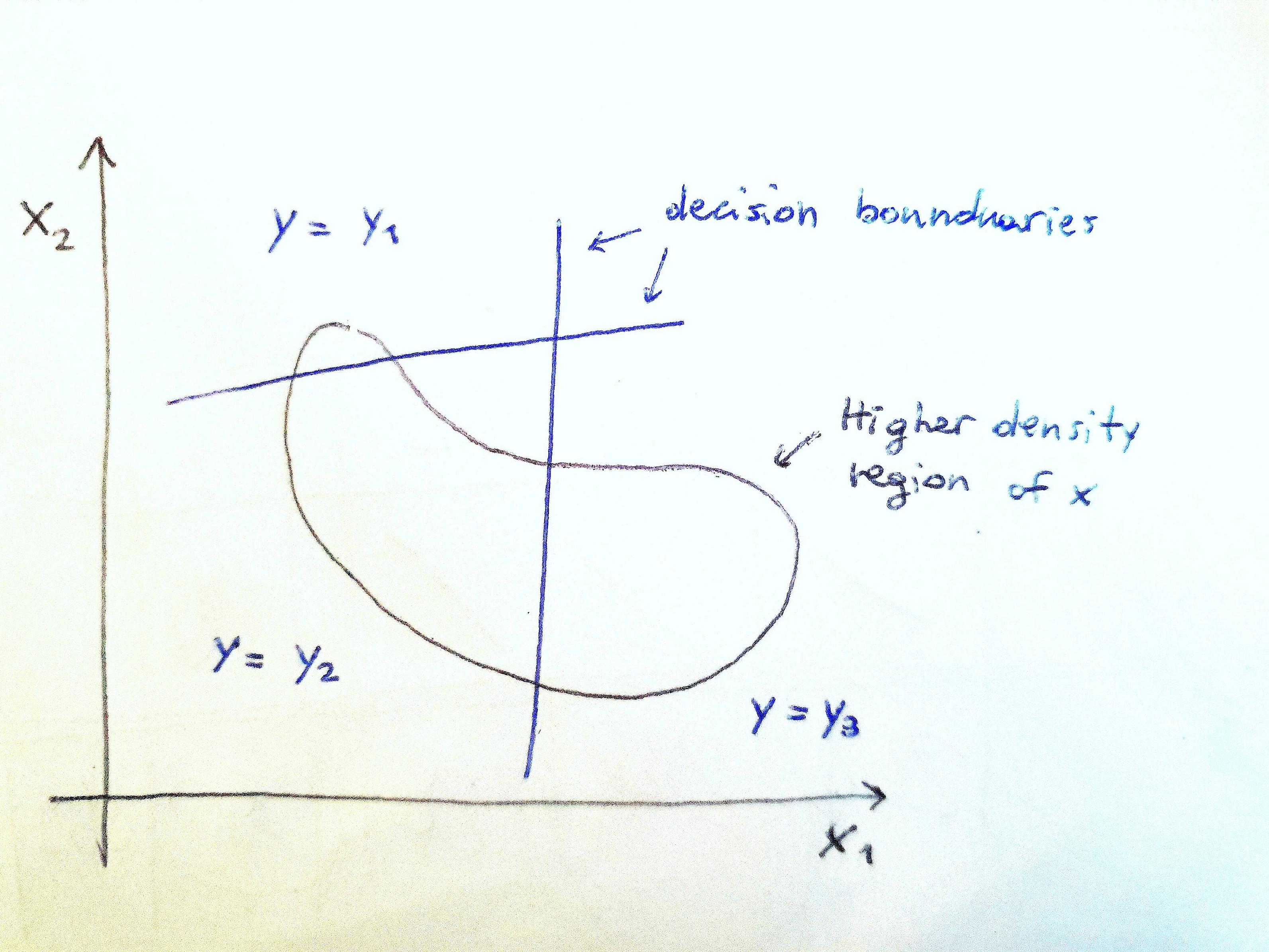I am simulating datasets to which I fit polytomous logistic regression models. The maximum likelihood estimator of this model is undefined when all categories are linearly separated (and it is quite unstable when there are "close" to be) from all others. My question is: what is the probability of this happening ? It clearly increases with the dimension of explanatory variables and decreases with the number of data points. Is there any known result on that ?
More formally, let $x_1, ..., x_n$ be $n$ i.i.d. realizations of a random variable $X \in \mathbb{R} ^ p$ following a distribution $F_X$, and $Y_1, ..., Y_n$ be n categorical responses among $\{1, ..., K\}$ following multinomial distribution with logistic link (including an intercept) to $x_1, ..., x_n$, i.e. such that $P(Y_i = k) = \frac{e^{\alpha_k + {\beta_k}^T x_i}}{1 + \sum_{j = 1}^{K-1} e^{\alpha_j + \beta_j^T x_i}}$ for $k \in \{1..K-1\}$ and $P(Y = K) = \frac{1}{1 + \sum_{j = 1}^{K-1} e^{\alpha_j + \beta_j ^T x_i}}$.
What is the probability that there exist $K$ lines $l_1, ..., l_K$ such that $l_k$ separates $\{x_i : Y_i = k\}$ from $\{x_i : Y_i \neq k\}$ ?
Any asymptotic equivalent would already be of great use.
For simplicity, $X$ can be assumed to be $\mathcal{N}(0, I_p)$ or can be supposed fixed.

